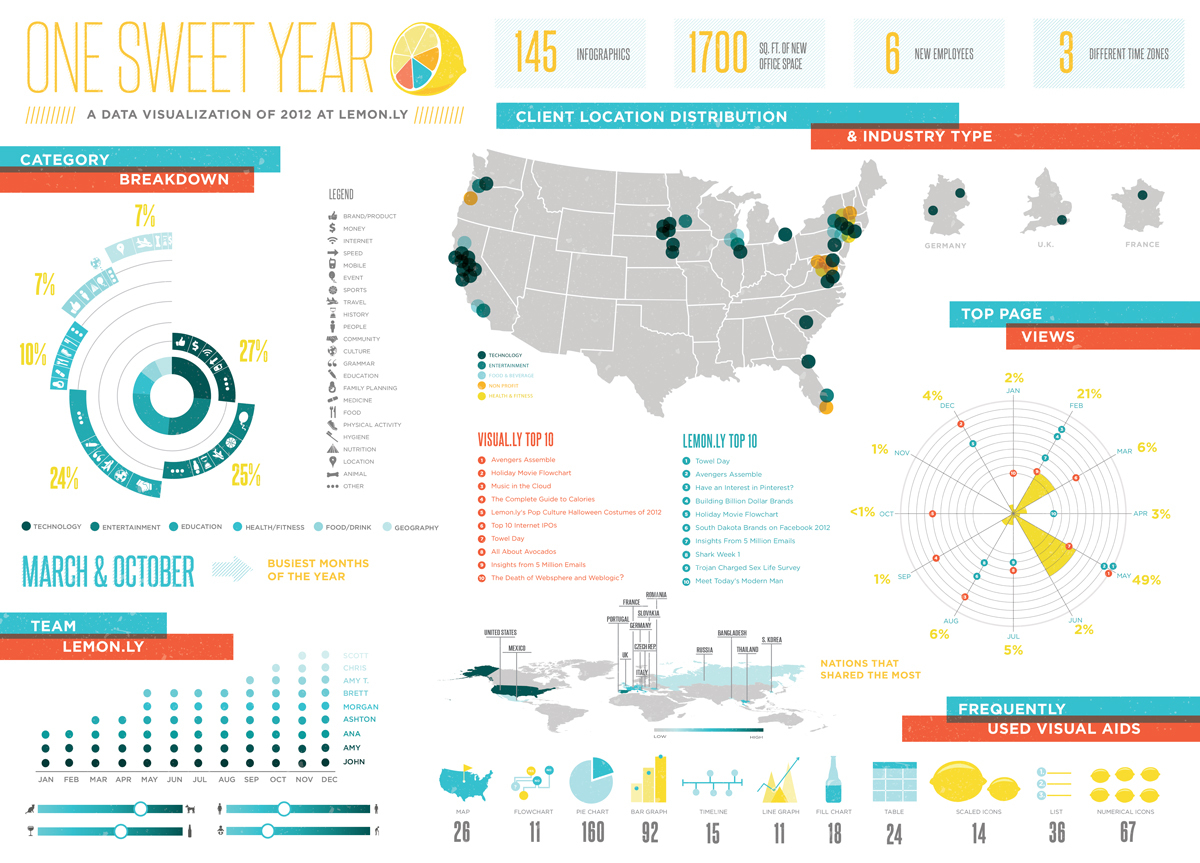How flexible work creates people-centered organizations
Flexible work is a major part of building a people-centered company culture. Allowing your team the flexibility to work when and where they work best has major benefits for your people, your organization, and your employer brand.
What is flexible work?
Flexible work empowers employees to work where, when, and how they work best. Organizations with a flexible work model have a culture of trust and autonomy that enables employees to shape their work around their life — not the other way around.
Flexible work includes:
- Where you work: Flexibility in your working location, whether you’re in-office, remote, or hybrid
- When you work: Flexibility in your working hours to set your schedule based on when your creativity and productivity are at their best
- How you work: Policies, tools, equipment, communication practices, and culture that support flexibility, trust, and autonomy
Flexibility in these areas doesn’t have to be all or nothing. It’s about giving everyone a level of choice. The right balance will vary for each company and employee.
The aim of flexible work is to do what’s right for the worker and smart for the company. It boosts employee satisfaction and productivity — a big win for everyone.
What are the benefits of flexible work?
- Prioritize accessibility: Flexible work can enable people with disabilities or chronic health conditions to work more easily with accommodations they might need.
- Boost engagement and satisfaction: Employees often experience less commuter stress, more flexibility in managing personal and family obligations, and better work-life balance.
- Improve employee wellbeing: Research shows 86% of employees feel happier working remotely at least some of the time. (Source:Owl Labs)
- Promote positive company culture: Workplaces offering flexibility are seen as more progressive and empathetic.
- Hire top talent from anywhere: Remote opportunities attract the best and brightest worldwide.
- Decrease turnover:54% of office workers would leave their current job for one offering flexibility.2 (Source:Gallup)
How do companies implement flexible work?
Realizing the benefits of flexible work requires intentionality and careful strategizing, but it’s well worth the effort. Here are two key ideas to know:
1. Prioritize the remote and hybrid employee experience
Being remote-first or hybrid-first (not just remote- or hybrid-friendly) means prioritizing the remote or hybrid employee experience equally with the in-office experience, rather than as an afterthought. Remote or hybrid work isn’t just a perk — it’s ingrained in the DNA of the company.
- Meetings: Include a video conference link with every invite and invest in tools to enhance the remote and hybrid meeting experience.
- Inclusive events: Plan events and everyday fun in ways that allow everyone to participate regardless of their location.
- Policies: Review your policies to make sure flexibility is ingrained in your daily practices. Check any unconscious biases that favor in-office employees over remotes.
2. Embrace asynchronous communication
Asynchronous communication doesn’t depend on people being present or interacting at the same time (as opposed to synchronous communication), which means work can continue regardless of when and where team members are working.
- Writing: Written communication lets everyone read, think, and respond on their own schedule. Document processes and decisions. Use asynchronous writing to replace unneeded meetings.
- Video: Tools like Loom let you share updates asynchronously with short videos and help reduce unnecessary meetings. Automated transcripts can jumpstart notetaking and documentation.
- Scheduling: Encourage team members to own their calendars, including blocking off times they’ll be unreachable or heads-down on work.
- Meetings: Schedule them sparingly. Synchronous communication works best for discussion, problem solving, and team building. Leave status updates and information sharing for asynchronous writing or video.
- Meetings: Schedule them sparingly. Synchronous communication works best for discussion, problem solving, and team building. Leave status updates and information sharing for asynchronous writing or video.
Inside Click Rain Inc.: How we leverage flexible work
Our teams embrace flexible work in a number of ways, and we’re always learning and adapting. Here are a few examples:
- Clear, frequent communication: Team members use their Slack status and Google Calendar to share their working location and schedule, as long as most of their day falls within typical working hours.
- Remote-first tools and tech: Our office space, equipment, and everyday tools help ensure everyone has a great experience collaborating from wherever they are.
- No-meeting blocks: Everyone is encouraged to keep Tuesday afternoons and Fridays free of meetings for focused work time.
- In-person events: We prioritize occasions where everyone can come together for team bonding and in-person collaboration, including bringing in our distant remote team members about once or twice a year.
Flexible work is a key ingredient for a healthy and vibrant company culture. By empowering employees to work the way they work best, organizations unlock major benefits for their team and overall success.
Sources:
- Owl Labs
- Gallup



